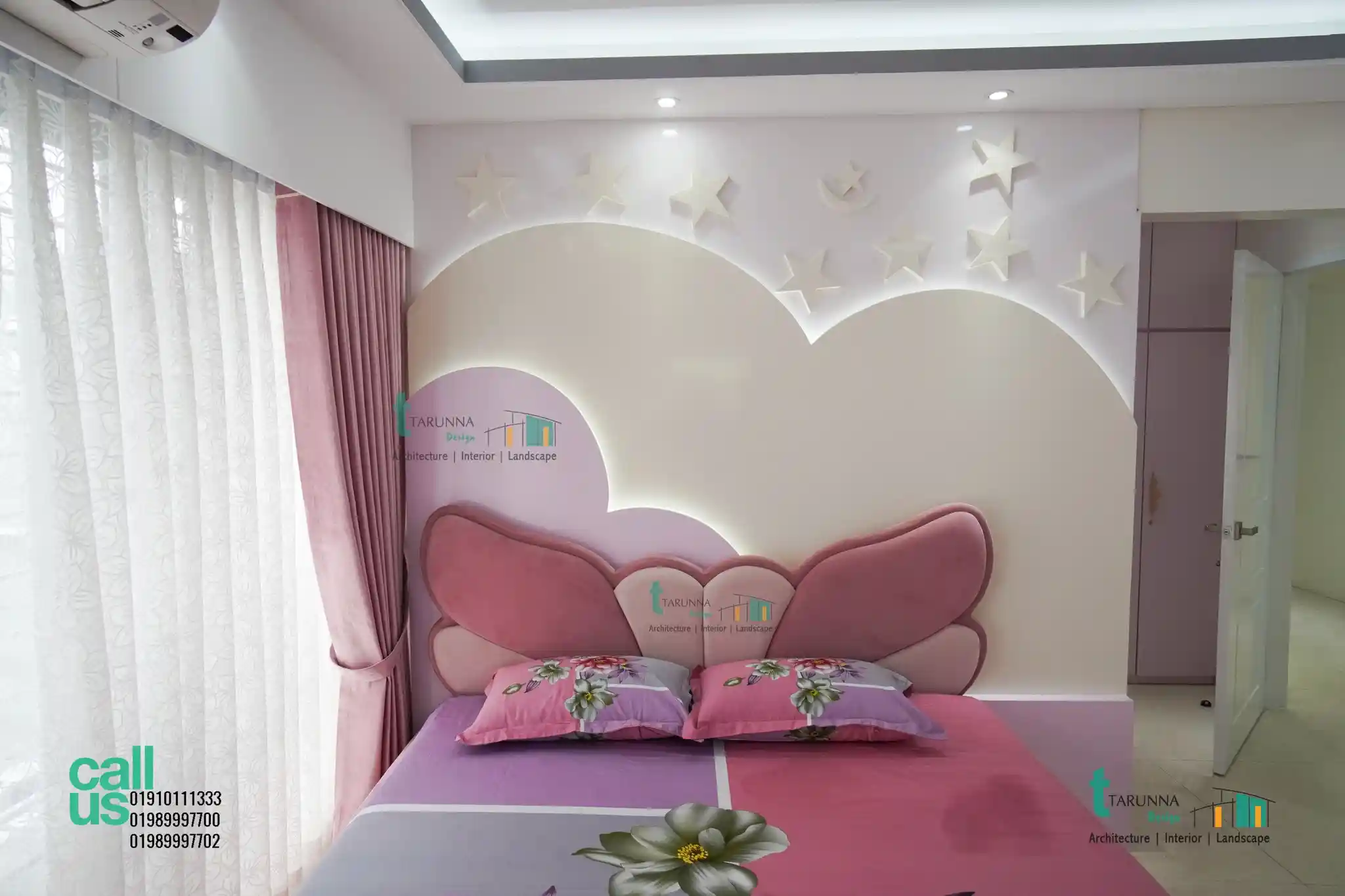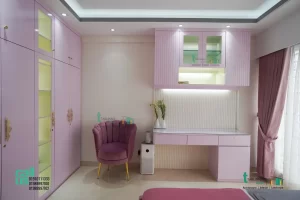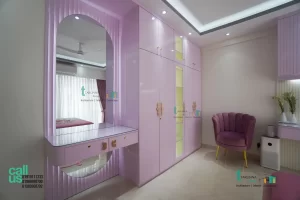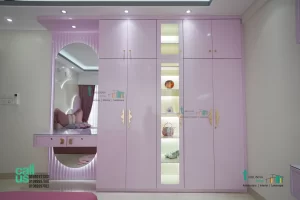
Creating a child’s bedroom is a unique and exciting opportunity to blend creativity, functionality, and fun. As your child grows, their needs and preferences change, making it essential to design a space that can evolve over time. Here are some comprehensive tips to help you design a child’s bedroom that is both practical and delightful.
1. Prioritize Safety and Comfort
Safety is paramount when designing a child’s bedroom. Ensure that furniture is sturdy and secured to the walls to prevent tipping. Avoid sharp edges and choose non-toxic paints and finishes. Soft, comfortable bedding and a cozy area rug can create a welcoming environment where your child feels safe and secure.
2. Create a Flexible Layout
Children’s needs change rapidly as they grow. Opt for a flexible layout that can be easily modified. Use modular furniture that can be rearranged and repurposed. A bed with storage drawers, a desk that can be adjusted in height, and shelves that can hold both toys and books are excellent choices.
3. Incorporate Ample Storage
Effective storage solutions are crucial in a child’s bedroom to keep clutter at bay. Utilize a mix of open and closed storage options. Open shelves allow easy access to toys and books, while closed cabinets and bins help conceal messier items. Labeling storage bins can also make it easier for your child to clean up.
4. Use Engaging Colors and Patterns
 Children are naturally drawn to bright colors and fun patterns. Choose a color scheme that reflects your child’s personality and interests. While bold colors can be stimulating, it’s wise to balance them with neutral tones to avoid overwhelming the space. Removable wall decals and patterned rugs can add visual interest without long-term commitment.
Children are naturally drawn to bright colors and fun patterns. Choose a color scheme that reflects your child’s personality and interests. While bold colors can be stimulating, it’s wise to balance them with neutral tones to avoid overwhelming the space. Removable wall decals and patterned rugs can add visual interest without long-term commitment.
5. Incorporate Personal Touches
Make the room special by incorporating personal touches that reflect your child’s hobbies and interests. Display their artwork, hang pictures of their favorite animals, or create a themed area based on their favorite book or movie. Personalized items such as monogrammed bedding or custom name plaques add a unique touch.
6. Ensure Adequate Lighting
Good lighting is essential in a child’s bedroom. Include a mix of ambient, task, and accent lighting. A ceiling light provides general illumination, while a desk lamp or reading light is ideal for study and bedtime stories. Nightlights can offer comfort and prevent trips to the bathroom in the dark.
7. Design a Study Area
 As your child grows, a dedicated study area becomes important. Choose a desk and chair that are ergonomically designed for comfort and proper posture. Ensure there is sufficient lighting and storage for school supplies. A pinboard or magnetic board can keep important notes and schedules organized.
As your child grows, a dedicated study area becomes important. Choose a desk and chair that are ergonomically designed for comfort and proper posture. Ensure there is sufficient lighting and storage for school supplies. A pinboard or magnetic board can keep important notes and schedules organized.
8. Create a Play Zone
Designating a specific area for play encourages creativity and keeps toys contained. Use a soft rug or play mat for comfort. Include storage for toys and art supplies. If space allows, consider adding a small tent or a reading nook to create a cozy, imaginative space.
9. Optimize Space with Built-Ins
Built-in furniture can maximize space and provide a sleek, integrated look. Consider built-in beds with storage drawers underneath, or wall-mounted shelves and desks. These solutions save floor space and offer plenty of storage and display options.
10. Choose Durable and Easy-to-Clean Materials
 Kids can be messy, so selecting durable and easy-to-clean materials is essential. Look for washable paints, stain-resistant fabrics, and resilient flooring. Vinyl or laminate flooring is easy to clean and withstands heavy use, while removable slipcovers for furniture can protect against spills and stains.
Kids can be messy, so selecting durable and easy-to-clean materials is essential. Look for washable paints, stain-resistant fabrics, and resilient flooring. Vinyl or laminate flooring is easy to clean and withstands heavy use, while removable slipcovers for furniture can protect against spills and stains.
11. Encourage Independence
Design the room in a way that promotes your child’s independence. Place frequently used items within their reach, and choose furniture that is easy for them to use. For example, a low bookshelf allows your child to select and put away books on their own. This fosters a sense of responsibility and autonomy.
12. Incorporate Educational Elements
Integrate educational elements into the design to stimulate your child’s learning and curiosity. Wall maps, alphabet posters, and interactive toys can make learning fun. A chalkboard or whiteboard wall encourages creativity and provides a space for drawing and practicing letters and numbers.
13. Maintain Versatility
 Designing with versatility in mind ensures that the room can grow with your child. Choose furniture and decor that can be easily updated as your child’s interests and needs change. For instance, a neutral color palette can be enhanced with age-appropriate accessories and decorations over time.
Designing with versatility in mind ensures that the room can grow with your child. Choose furniture and decor that can be easily updated as your child’s interests and needs change. For instance, a neutral color palette can be enhanced with age-appropriate accessories and decorations over time.
14. Add Greenery
Introducing plants into a child’s bedroom can enhance the aesthetic and improve air quality. Choose low-maintenance plants like spider plants or snake plants, which are safe for children and easy to care for. Adding a touch of nature can also teach children about responsibility and the environment.
15. Plan for Growth
When designing a child’s bedroom, think ahead to accommodate future needs. Consider investing in a bed that can transition from a toddler bed to a twin bed. Choose timeless furniture pieces that will remain functional and stylish as your child grows.
By incorporating these child bedroom interior design tips, you can create a space that is safe, functional, and inspiring for your child. Remember to involve your child in the process to ensure the room reflects their personality and interests. With thoughtful planning and creativity, you can design a bedroom that your child will love for years to come.
